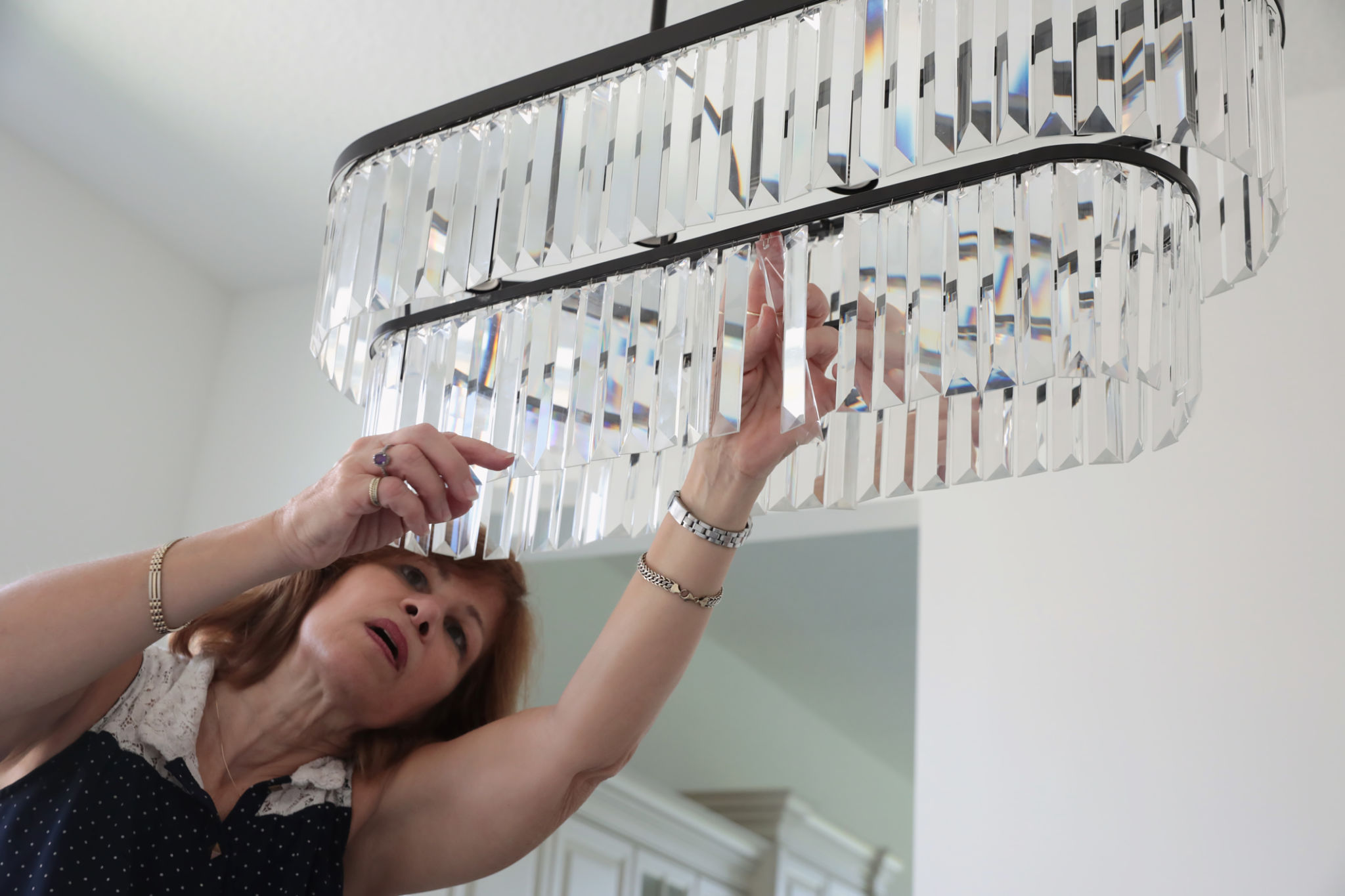Virtual vs. Traditional Staging: Which is Right for Your Property?
Understanding the Basics of Staging
When it comes to selling a property, first impressions are crucial. Staging plays a vital role in showcasing a property's potential to prospective buyers. Traditionally, this involved physically arranging furniture and decor to highlight a home's best features. However, with advancements in technology, virtual staging has emerged as a popular alternative.
Virtual staging involves using digital software to enhance photos of empty or sparsely furnished homes. This can include adding furniture, decor, and even changing wall colors to create an appealing visual representation. But how does virtual staging compare to the traditional approach?

Pros and Cons of Traditional Staging
Traditional staging offers a tangible experience, allowing buyers to physically walk through a space and get a sense of scale and layout. It can make a property feel more inviting and help potential buyers envision living there. However, this method can be costly and time-consuming. The expenses associated with renting furniture and hiring a professional stager can add up quickly.
Moreover, traditional staging requires coordinating schedules for setup and removal, which can lead to logistical challenges. Despite these drawbacks, many real estate professionals believe the physical interaction it offers is invaluable.
Advantages of Virtual Staging
Virtual staging provides a cost-effective alternative. By digitally enhancing photos, sellers can quickly and affordably present their property in the best light. It allows for greater flexibility as changes can be made easily without the need for physical adjustments. This means that different styles can be tested to appeal to various buyer demographics.

Another advantage is the speed with which virtual staging can be executed. Photos can be edited and ready to showcase within days, significantly reducing the time needed to prepare a property for market compared to traditional methods.
Limitations of Virtual Staging
Despite its benefits, virtual staging has its limitations. It does not provide the sensory experience that traditional staging offers. Buyers cannot physically interact with the space, which might make it harder for them to envision themselves living there. Additionally, there is a risk of misleading buyers if the virtual representation does not accurately reflect the property's current state.
Sellers must ensure that any digitally altered images are clearly labeled as virtually staged to maintain transparency and avoid potential disappointment during physical viewings.

Choosing the Right Approach for Your Property
The decision between virtual and traditional staging depends on several factors, including budget, timeline, and target market. Properties that are already furnished might benefit more from traditional staging, while vacant properties may gain an edge with virtual enhancements.
It's also important to consider the local real estate market. In areas with tech-savvy buyers, virtual staging might hold more appeal, whereas in markets where personal touch and interaction are valued, traditional methods could be more effective.
Conclusion: Finding the Balance
Ultimately, both staging methods have their own merits and limitations. Some sellers may even find that a combination of both provides the best results. Virtual staging can capture online interest, while traditional staging offers that crucial in-person connection.
Evaluating your property's unique needs and consulting with a real estate professional can help determine which approach will most effectively showcase your home and attract potential buyers.